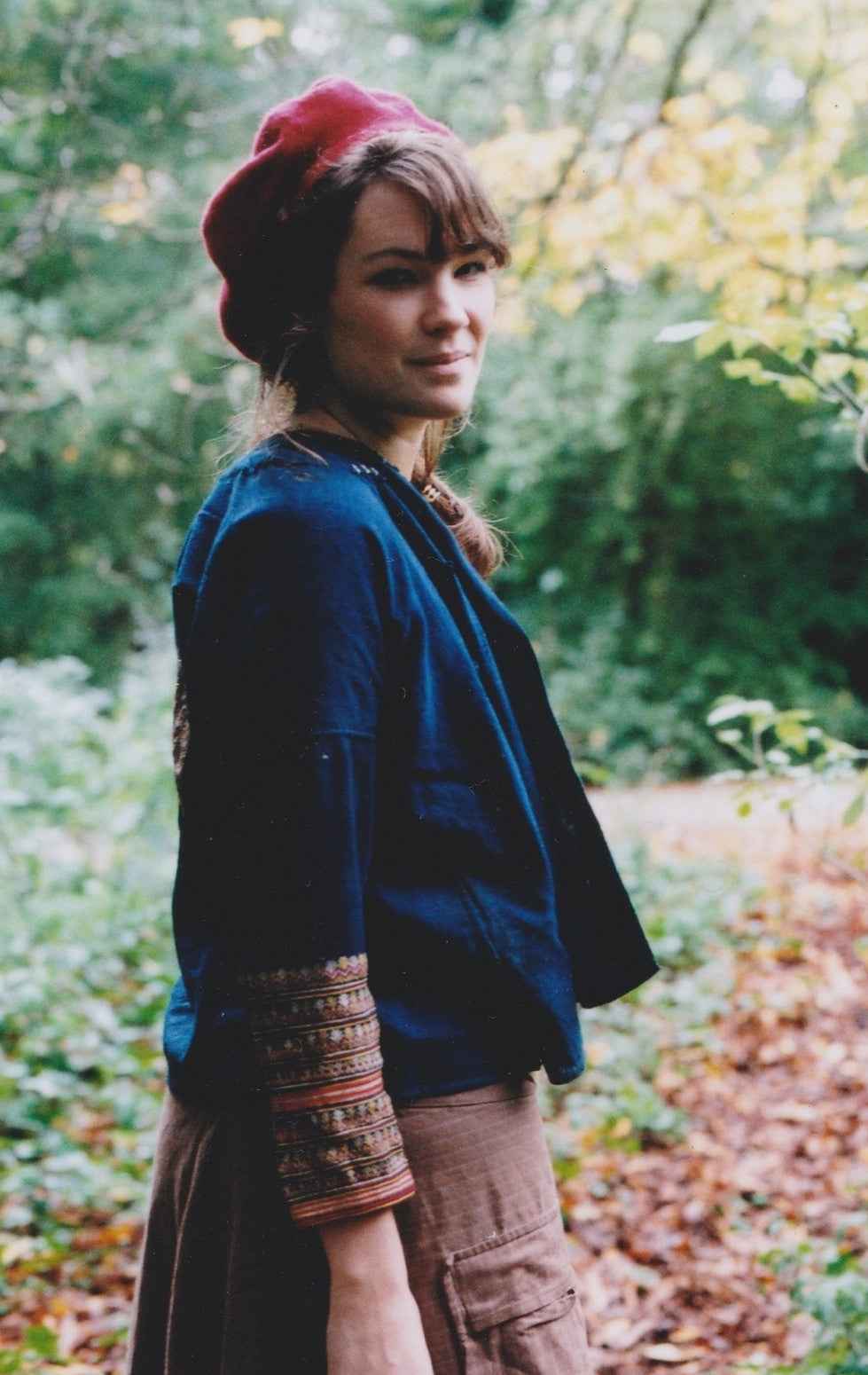
A guest blog by Sophie Burns
Inspired by the previous blog post Sophie wrote to me to ask to write a guest post... enjoy this wisdom
I have been witness to the story of Tamay & Me for 8 years (and its inception another 8 years before that).
It is the sort of love story that seems to get deeper with time.
It carries a kind of enlivenment – a rare and sacred thing, especially in these times.
To bear witness is a beautiful and humbling role.
I also believe it to be necessary.
For what are we humans to do if not shed some tears for and sing the love songs of that which we propose to learn from? Surely this could be a very worthy sort of discipline.
To whom or what would you write your love letter, today? Maybe it is a lover, a mountain, a child, a stone, a river, a donkey, a tomato plant, a piece of chocolate – whatever it is I wonder how we can move towards it with our feet in the earth, forehead to the ground, kissing the sky. Through their indigenous ways of being with the land, the Dzao understand that the world is alive. This is a very deep understanding of sustainability – that which we feed feeds us, that which feeds us we feed.
Given the ecological, social and cultural poverty of our times, clearly then: we in the west have a lot to remember. What if we could remember this kind of sustainability? What would it mean for the way we build community, care for our elderly and approach elder hood, the kind of food we eat, the clothes we wear, the houses we build, the stories we tell, the music we sing, the tears we shed, the way we die?
I have been very blessed in the past year to have some wonderful guidance in the path of remembering in the wilds of Canada’s vast lands. Here in Canada, First Nations people talk about something being sustainable if it feeds seven generations from today. What you call raw material, we call relative. The word material comes from the latin materia (matter), which contains the root of the word for mother. How can we remember a material culture that knows mother is life-giver?
Tamay & Me has taught me about being a woman, about the possibility of stitching stories that carry meaning because they are so rooted in a kind of knowing that has been passed down from grandmother to granddaughter.
“The technique has never been written down. It is culturally held knowledge that depicts everyday life and values for the Red Dzao people and the community. The embroidery represents the rice paddies, the children, the parents and grandparents, trees and fertility. The embroidery embodies the identity of the people and the identity of the people is encapsulated in the embroidery. Tamay will say that she can read a piece of embroidery. She can see if a woman is a little stressed and hence the stitches are all a bit tight or if a woman is not very attentive if they have made mistakes without correcting them and if the silk is not well rolled.” (From Hannah’s blog)
This kind of sensitivity has taught me about sisterhood; it has taught me about loving my friend Hannah, and being a godmother to her daughter Luna. We are humans and we are learning how to love, sometimes it is hard! To be given the invitation to love another person’s child is a big and honored ask; we try and love Luna in a village-community way. She has lots of ‘big friends’ who hope to know who she is and perhaps then we might remind her when she forgets – surely this is too big a task for a mother and father alone? We must blast through the lonely limitations of nuclear family into something much bigger if we are to work in some small way in our little corners of the world to redeem the spiritual poverty of the dominant western culture.
I recently found myself living in the home of Poppy and Pablo, who have taught me so much about this village-community kind of love and to them I am deeply indebted. I discovered a book there called The Gift – how the creative spirit transforms the world by Lewis Hyde. It echoed some of what Stephen Jenkinson teaches, in that ‘the act of commerce engages in the practice of disembodiment or symbolic action’. We could perhaps come to understand material culture as gift-giving or as trade. Mauss defines the gift as creating a special bond between the giver and the receiver. According to Mauss, the giver never really leaves the gift, and becomes part of the receiver's future by inserting the gift into their life. A gift leads at some point to another gift in response, and creates a special reciprocal bond between people.
About 8 years ago Hannah gifted me a jacket made by Tamay. It has come with me to Canada, along with her love, this story, and all my longings for a sustainable and sacred world for my grandchildren.
THANK YOU DEAR SOPHIE

